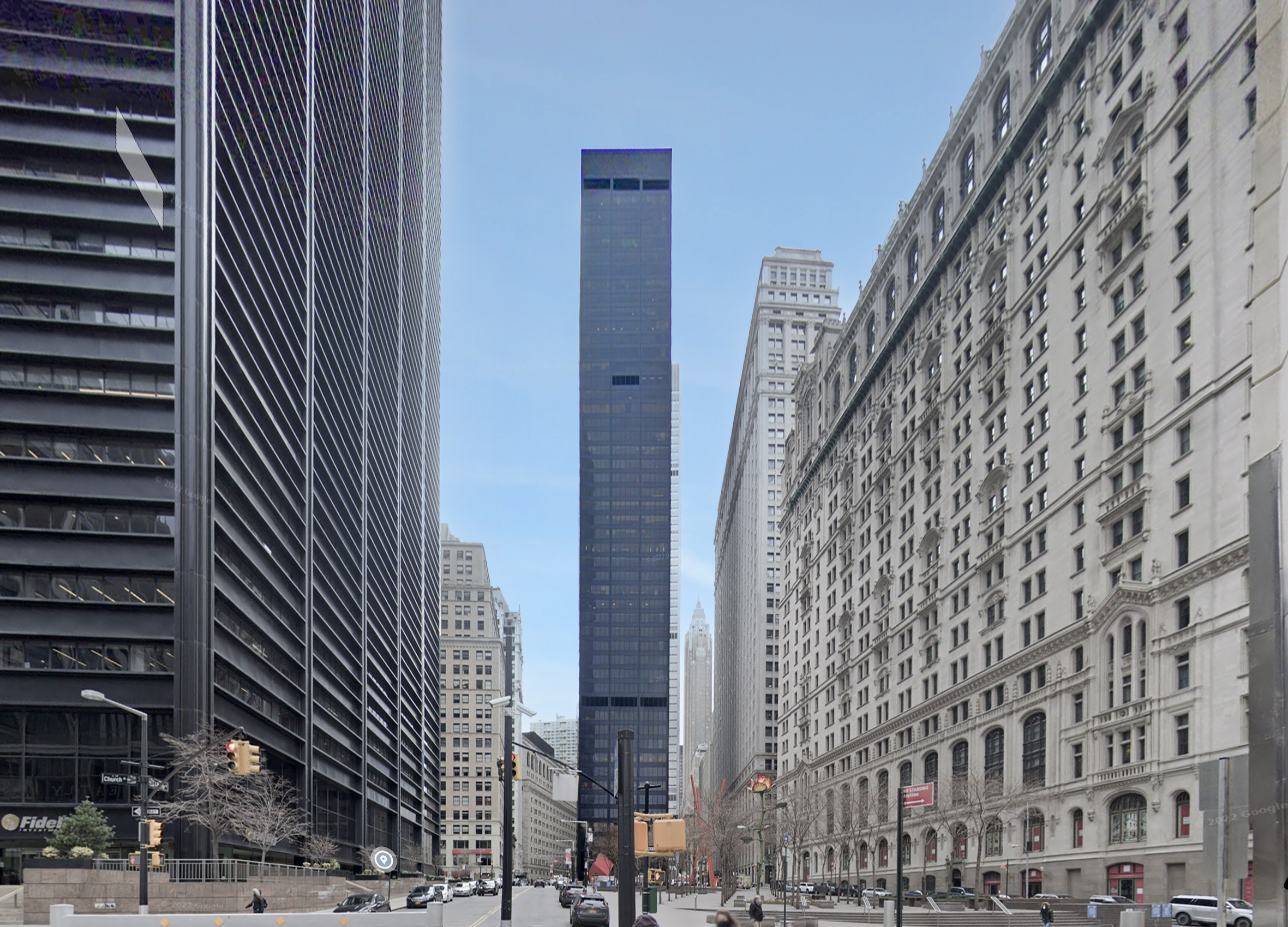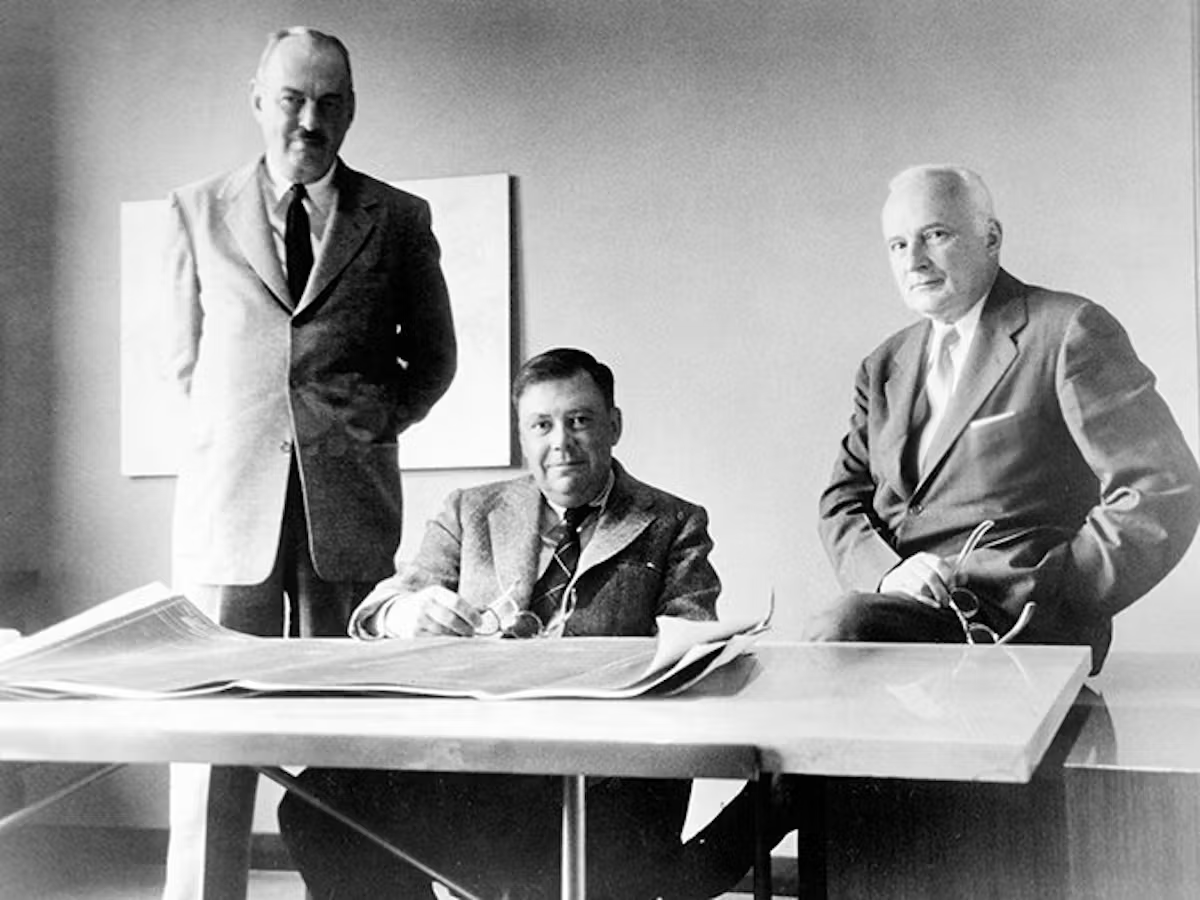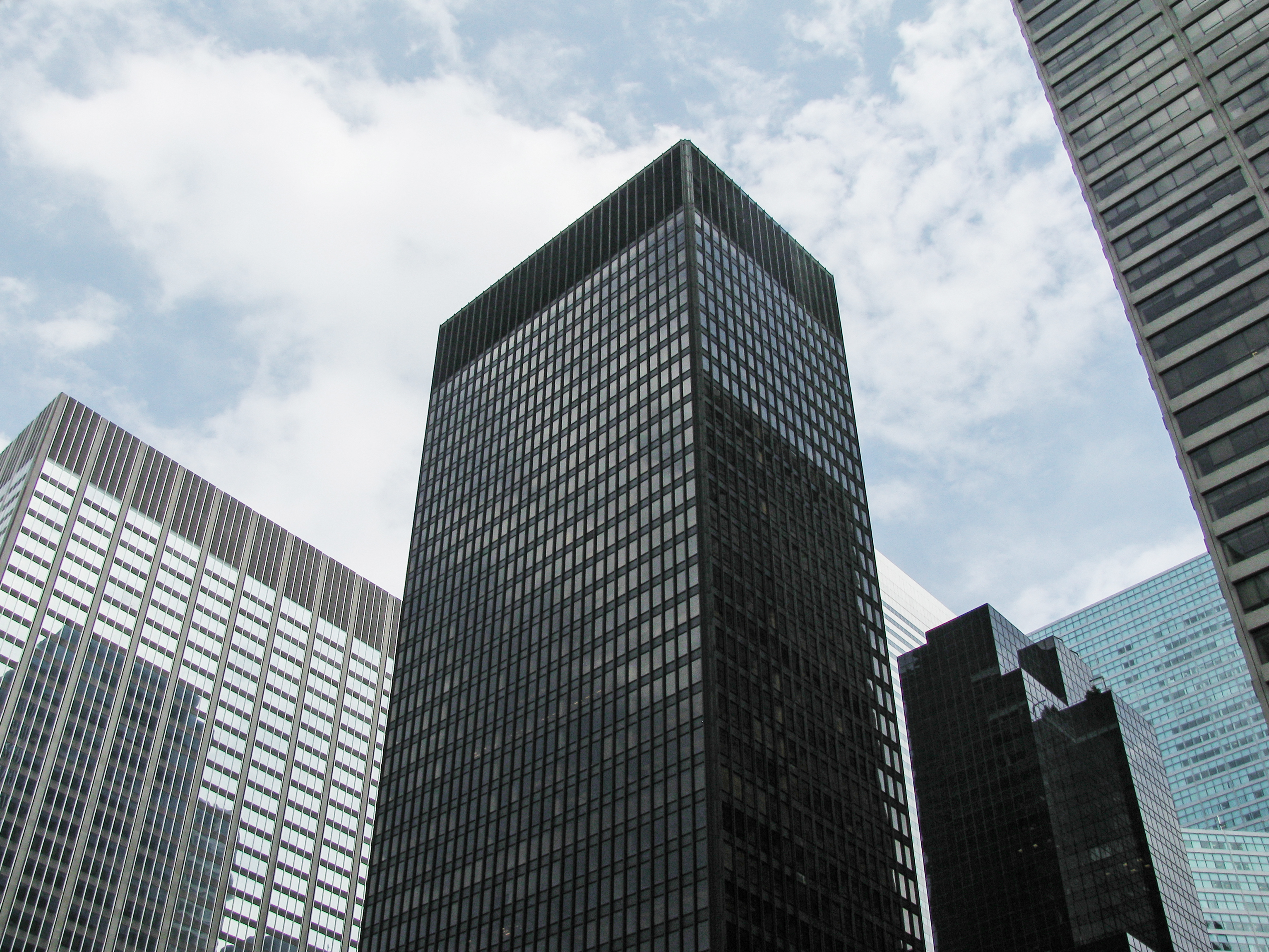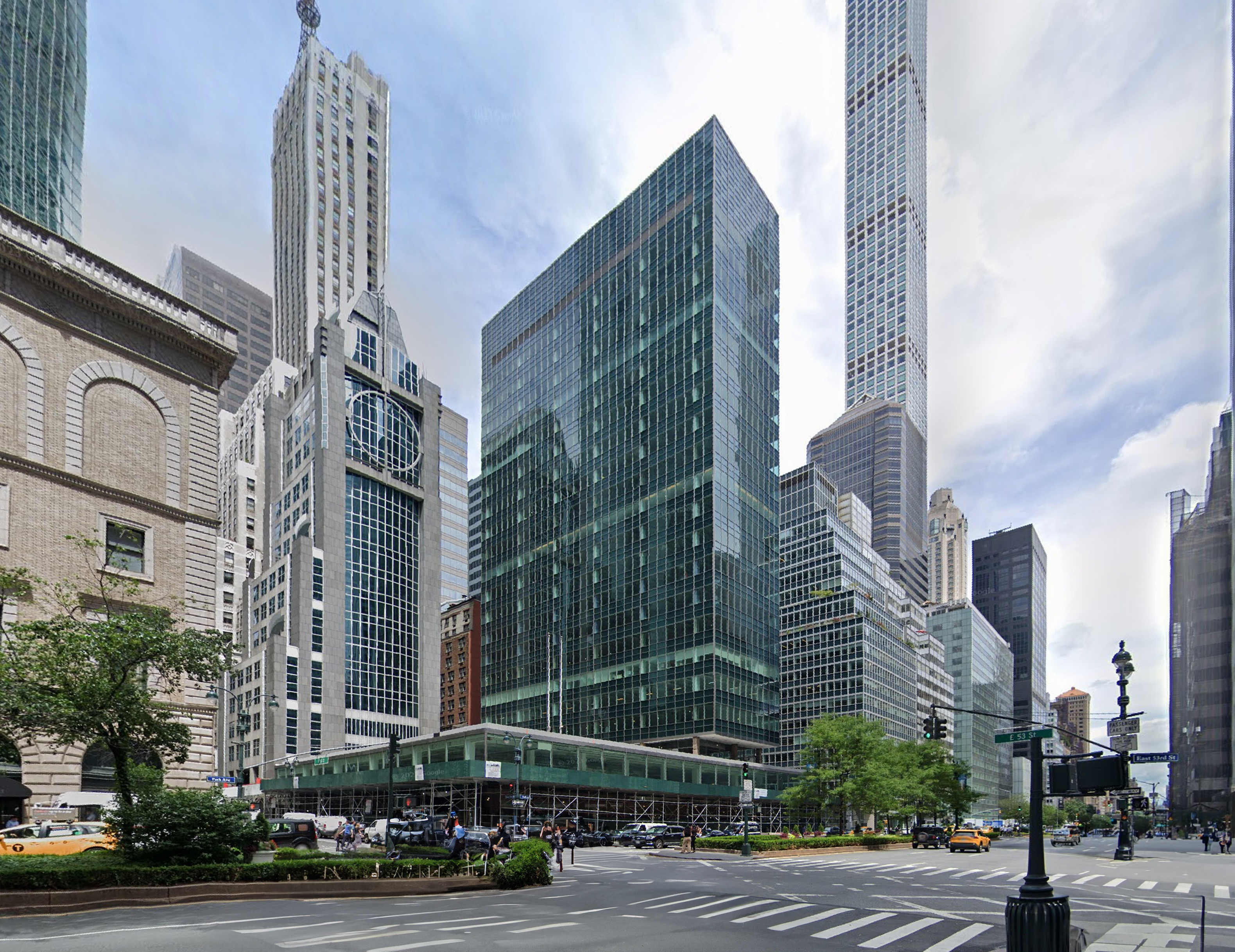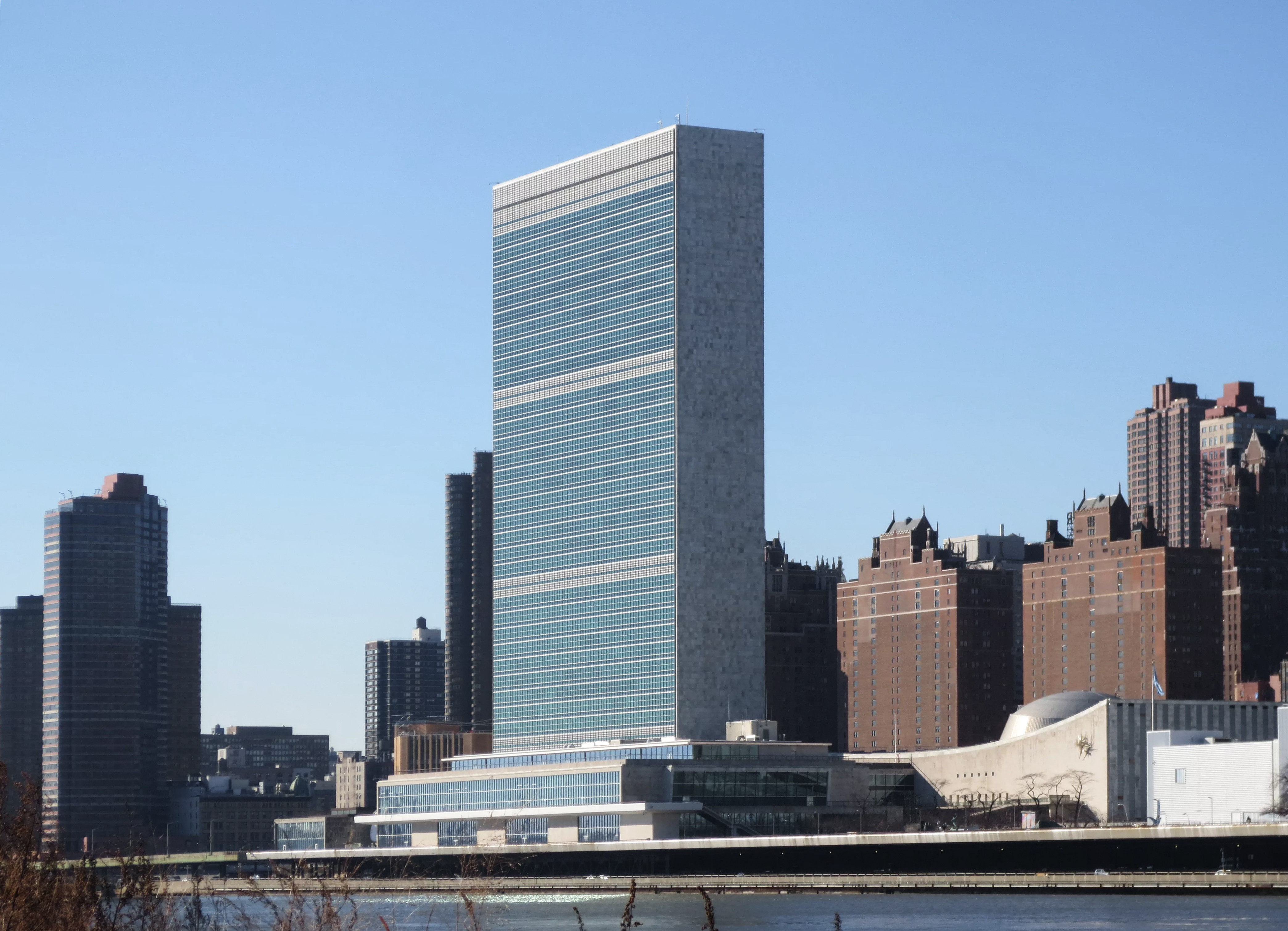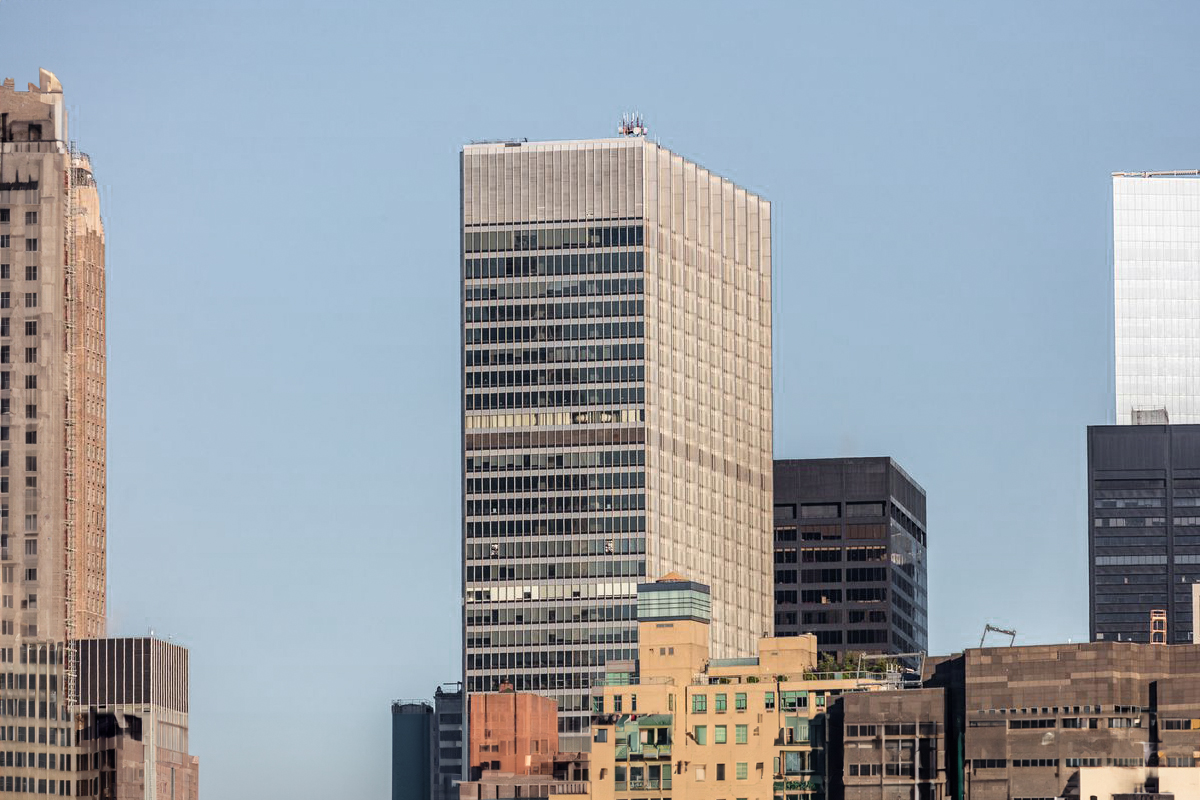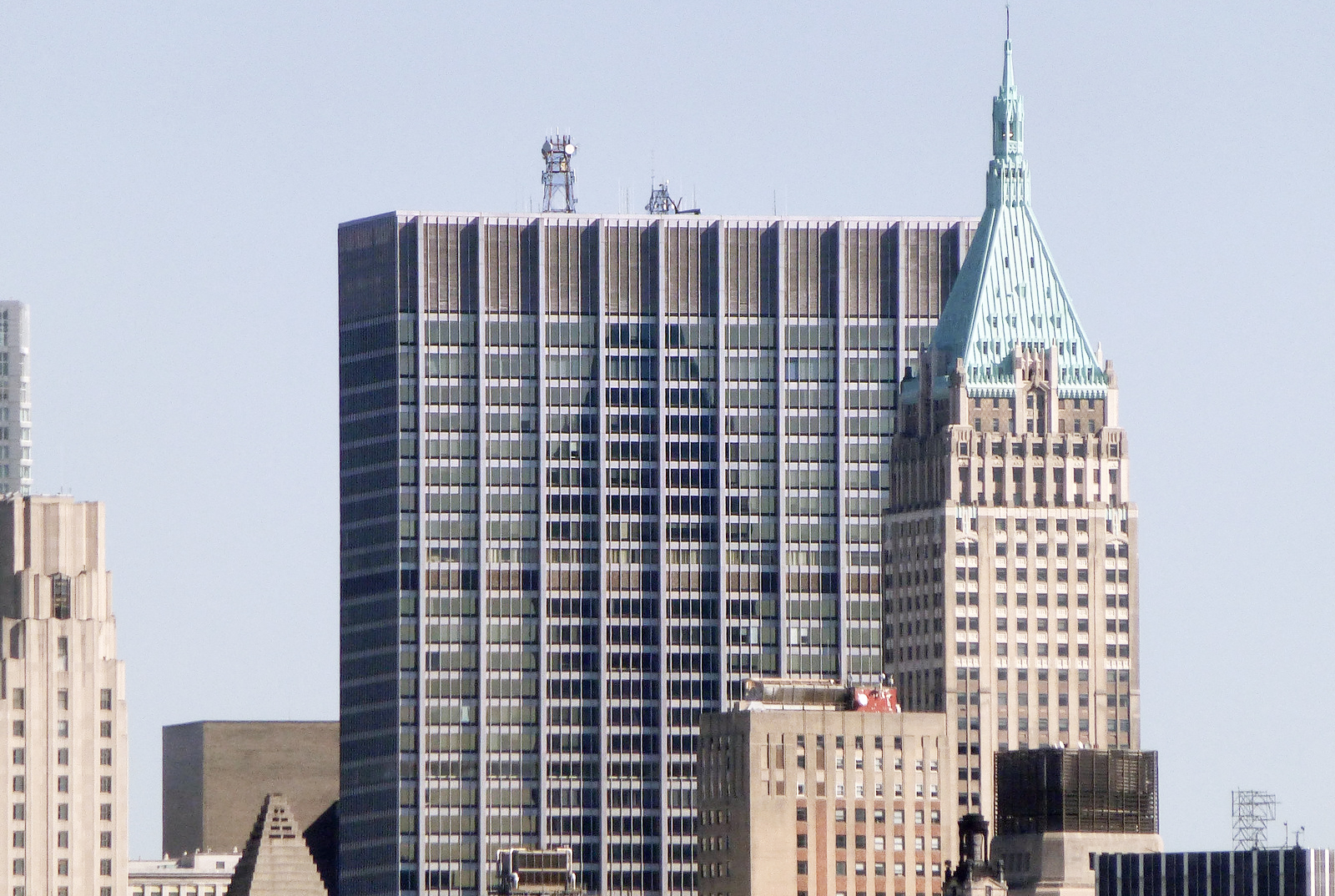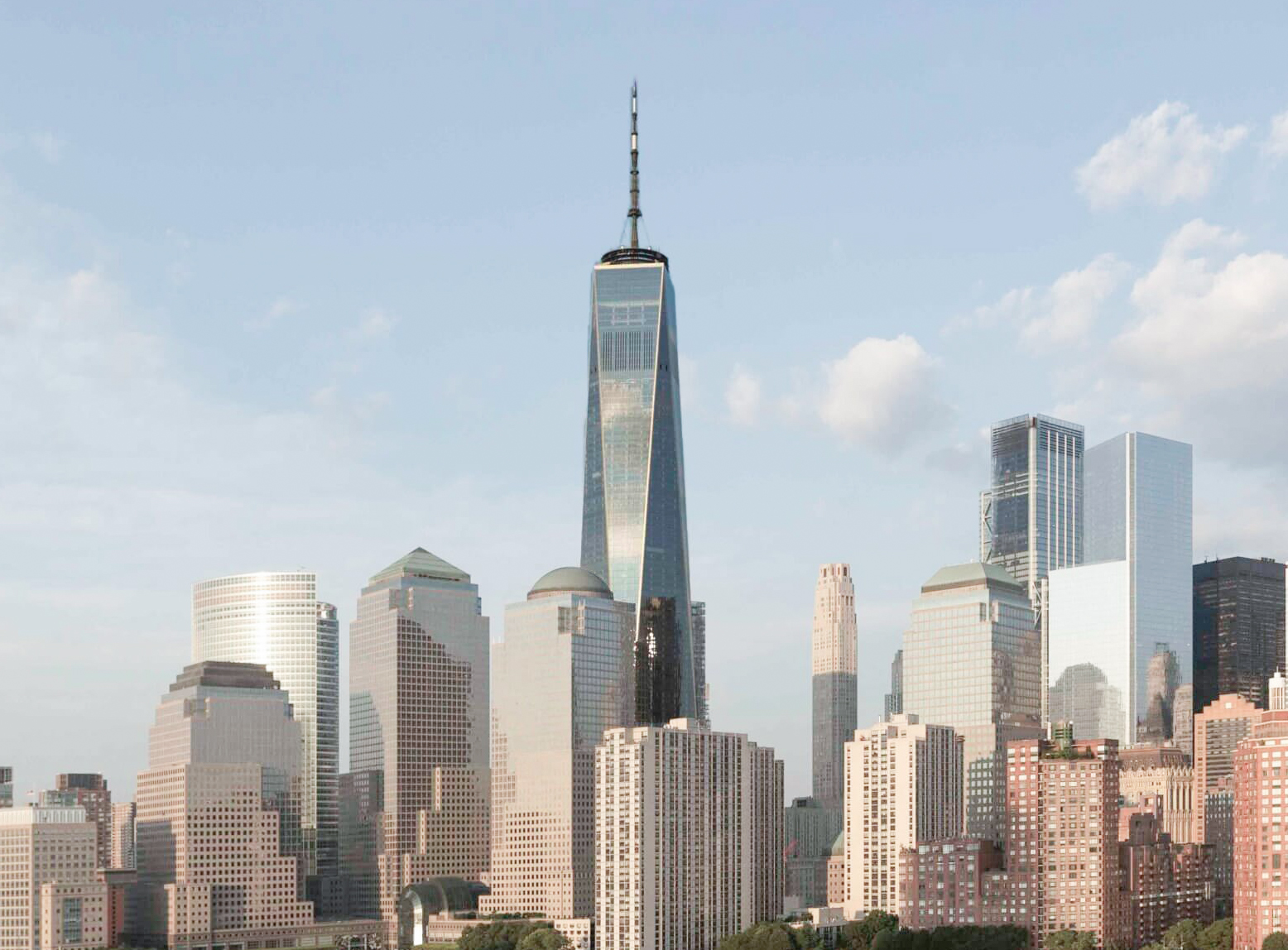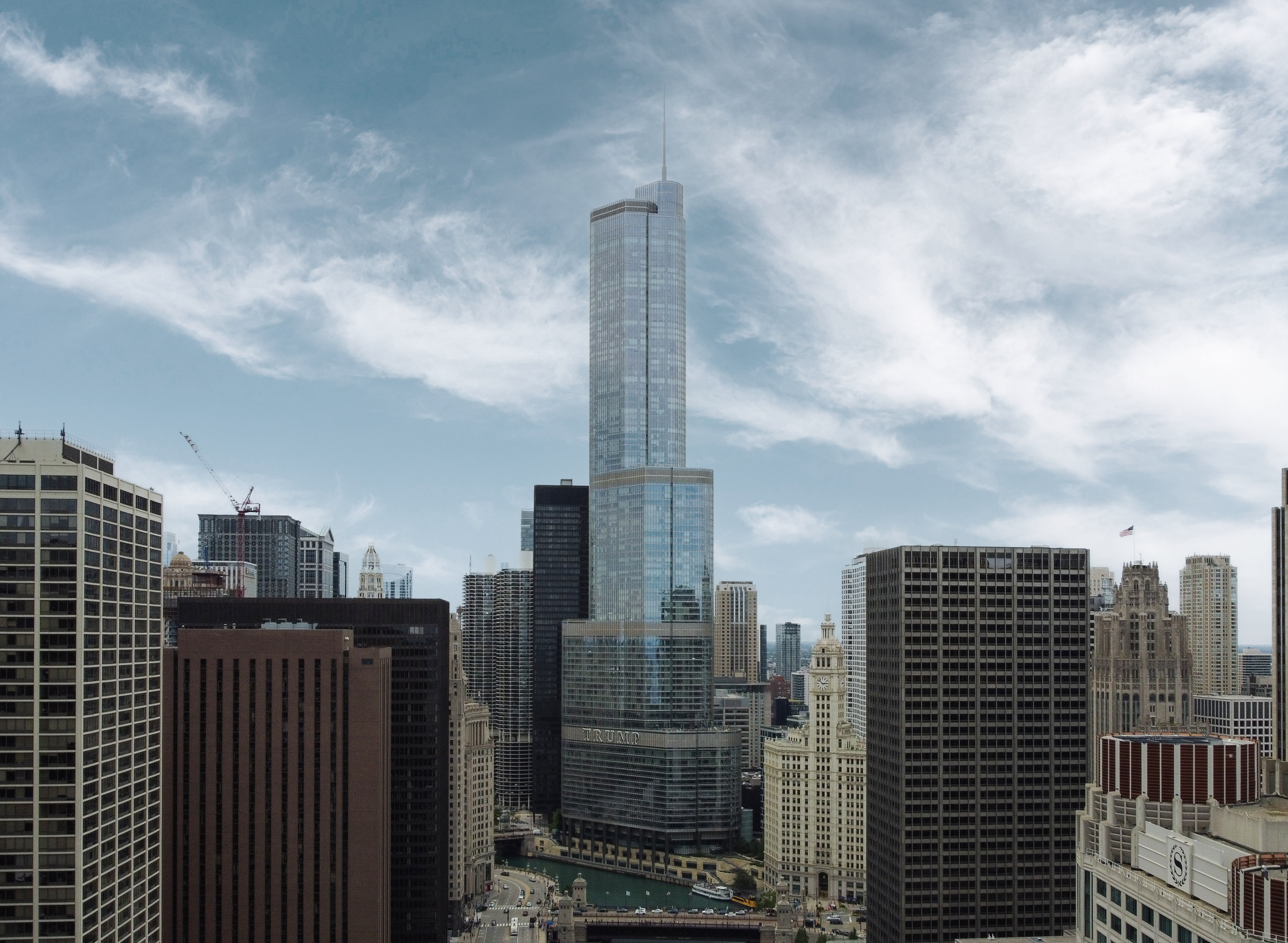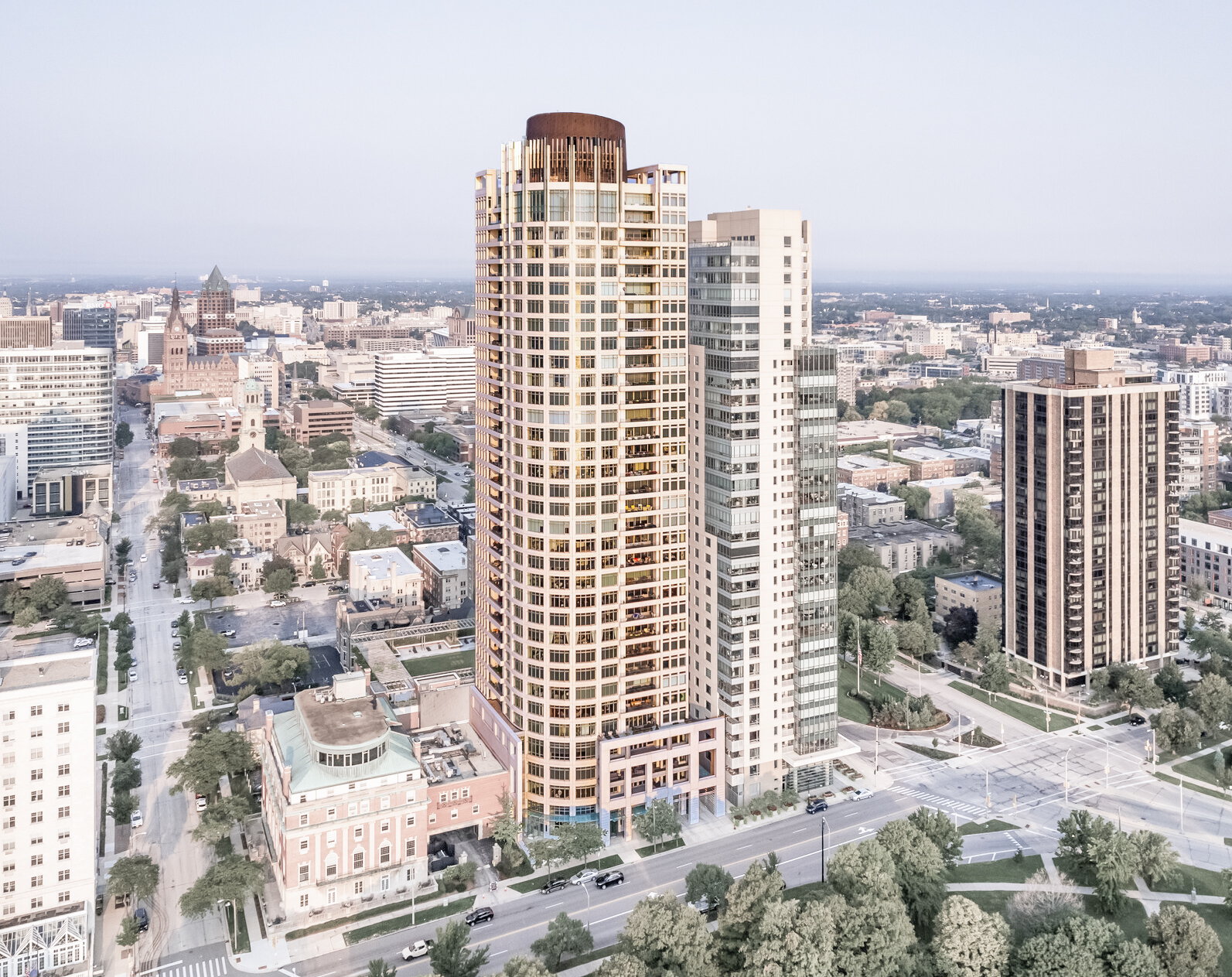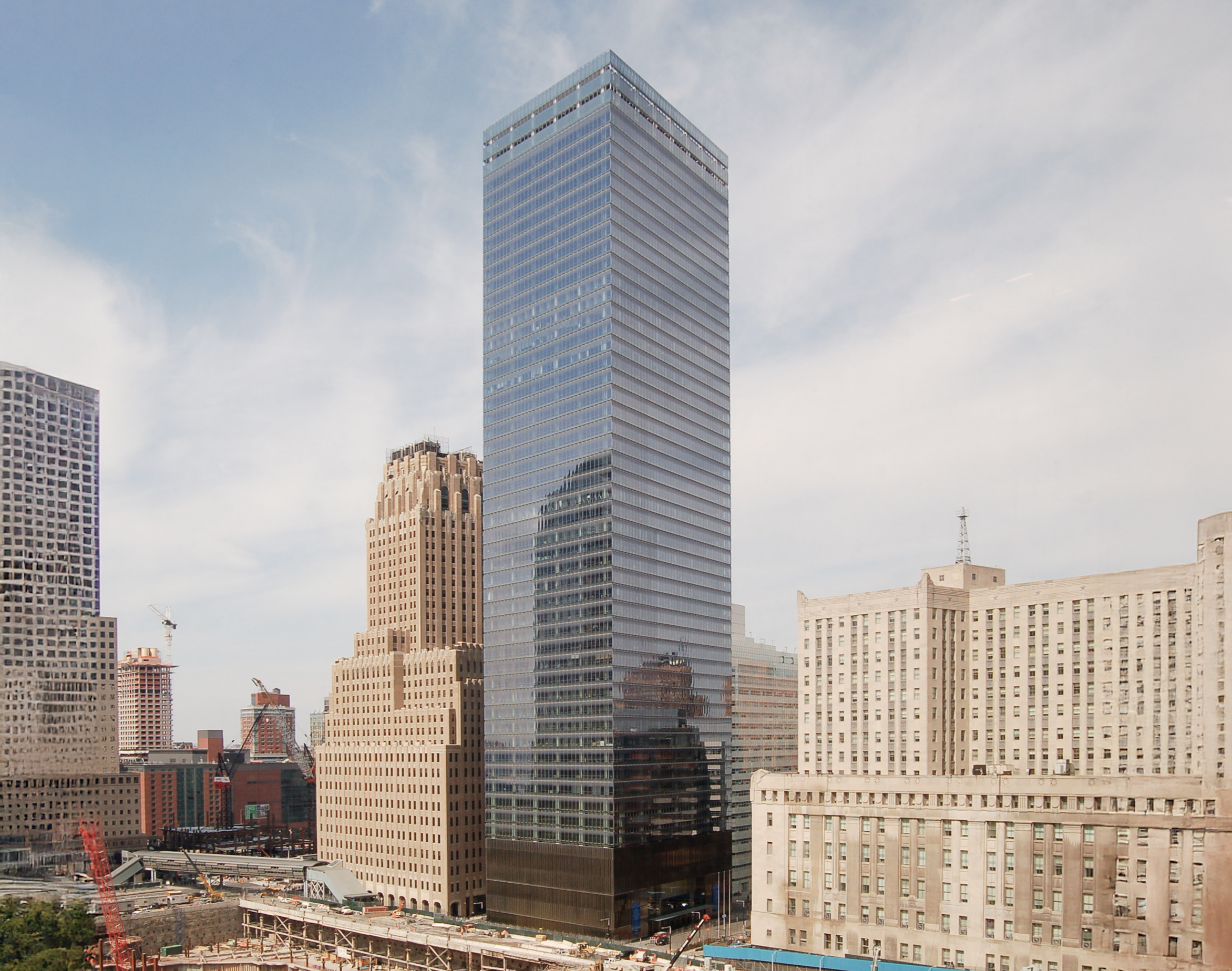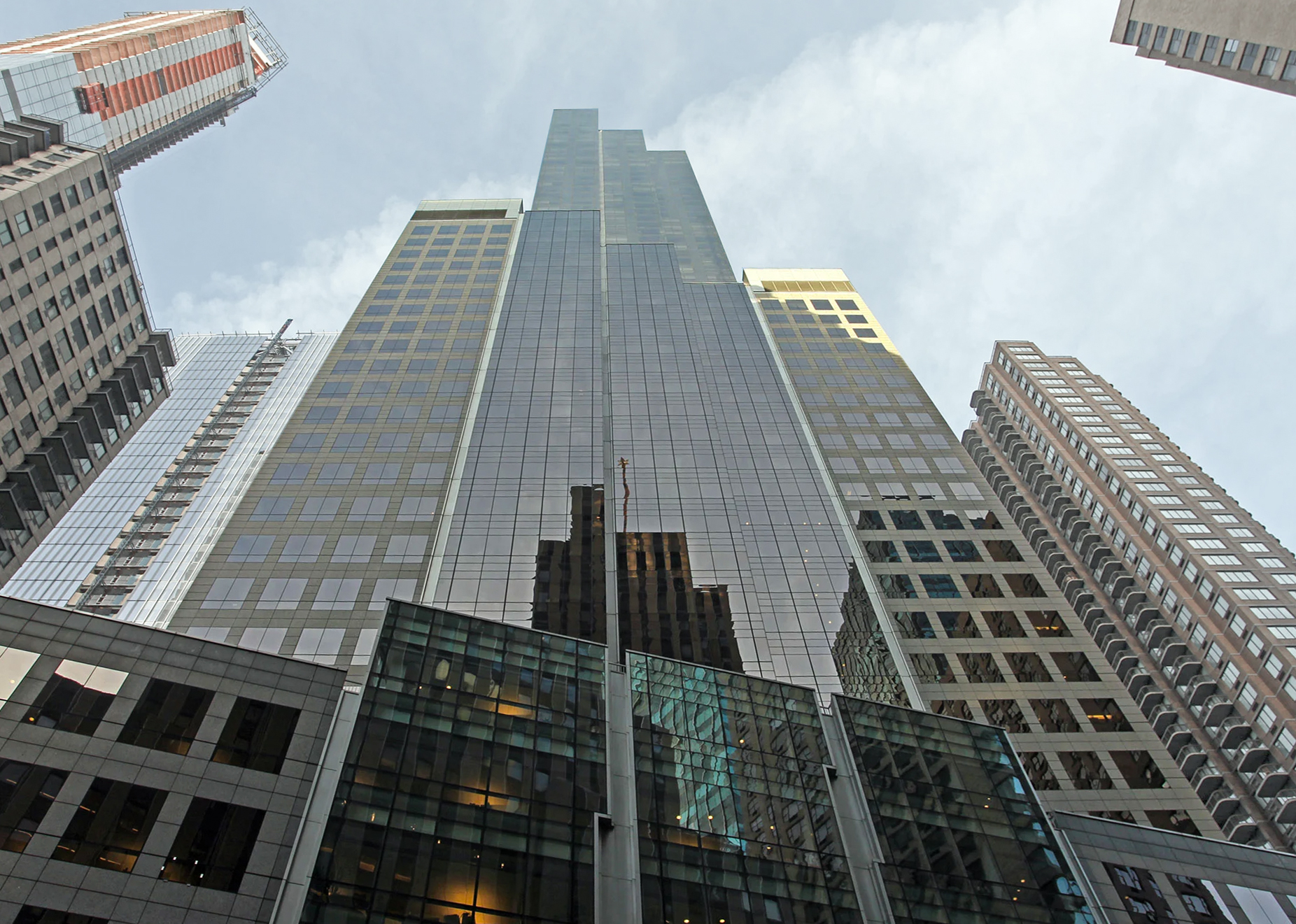The 140 Broadway is an International Style skyscraper designed between 1960 and 1962 by Skidmore, Owings & Merrill, with Gordon Bunshaft as lead architect, and built between 1964 and 1967 in New York, NY.
140 Broadway is not the only name you might know this building by though. It is common for companies to want to attach their names to iconic buildings when they move in, or for the general public to come up with nicknames, and this one is no exception. The building has changed names several times over the years, and is also known as:
- Marine Midland Building between 1967 and 1980.
- HSBC Bank Building between 1980 and 2002.
- 140 Broadway from 2002 until this day.
Its precise street address is 140 Broadway, New York, NY. You can also find it on the map here.
The 140 Broadway is a structure of significant importance both for the city of New York and the United States as a nation. The building embodies the distinctive characteristic features of the time in which it was built and the International Style style. Because of that, the 140 Broadway was officially included in the New York Register of Historic Places on June 25th 2013.
The Marine Midland Building was one of the first developments to comply with the 1961 Zoning Resolution, which encouraged the inclusion of public plazas in office building projects, this tower features a trapezoidal footprint that occupies approximately 40% of the site. The remaining area is designated as a privately owned public space (POPS).
The plaza's design is a simple layout composed of travertine pavers that extend to the sidewalk, with minimal additions and no trees. The only significant interruption in the plaza is the Red Cube, a vermilion-painted steel and aluminum cube created by Japanese-American artist Isamu Noguchi and installed in 1968.
The building has been restored 2 times over the years to ensure its conservation and adaptation to the pass of time. The main restoration works happened in 2000 and 2013.
